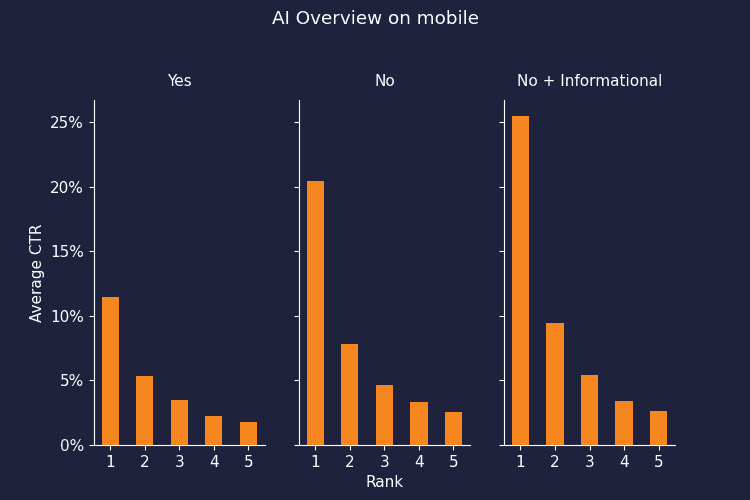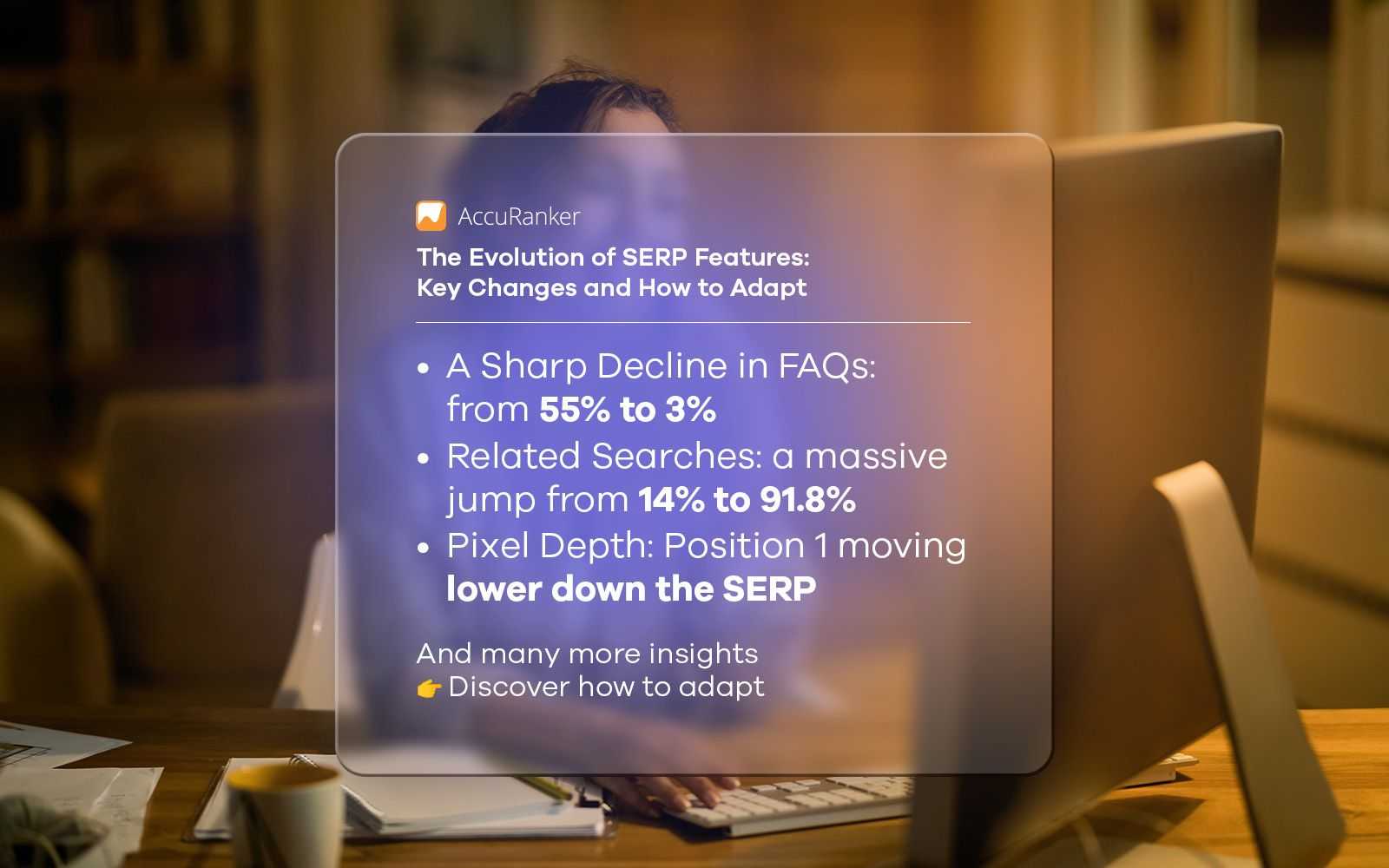User-Generated Content: Harnessing the Potential of Your Community
Last updated on Friday, November 24, 2023

User-generated content fosters a sense of relevancy, authenticity, and community. It enables your loyal customers to become active contributors, sharing their experiences, opinions, and creativity. This transformation has created a unique opportunity for businesses to tap into the collective wisdom and creativity of their communities, ultimately harnessing the immense potential of user-generated content.
In this article, we will explain what user-generated content is, and how it benefits businesses, empower communities, and foster genuine connections in the digital landscape.
The Power of User-Generated Content
User-generated content (UGC) refers to any form of content, such as text, images, videos, or reviews, that is created and shared by consumers or users rather than by a brand or professional content creator. UGC includes product reviews on e-commerce sites, customer testimonials, user-submitted photos and videos featuring a brand's products or services, and posts on social media platforms that mention or tag a brand.
Unlike traditional marketing materials, UGC is often perceived as more genuine and unbiased because it comes from real people who have experienced a brand's products or services. This authenticity helps build trust with potential customers as they are more likely to believe the opinions and recommendations of their peers. It also humanizes the brand, making it more relatable and transparent in the eyes of the audience.

Source: Businesswire
Benefits of Incorporating User-Generated Content
Incorporating user-generated content into your marketing strategy can be a win-win for both your brand and your community.
Increased Engagement and Participation from Community Members
When users see their content featured or acknowledged by a brand, they are more likely to feel a sense of belonging and connection to the brand's community. This can manifest in the form of comments, likes, shares, and other interactions on social media or other online platforms. User-generated content often generates conversations and discussions among community members, fostering a sense of unity and shared purpose.

Source: Source
Strengthens Trust and Credibility within the Community
When real users share their positive experiences with your products or services, it acts as a form of social proof. Prospective customers are more likely to trust the opinions and recommendations of their peers over traditional advertising.
By sharing authentic user-generated content, you demonstrate that your brand values and appreciates its customers, which can go a long way in establishing a strong, trustworthy reputation.
Cost-effective Content Creation and Marketing
User-generated content is cost-effective. Creating high-quality marketing content can be expensive and time-consuming, but user-generated content is essentially free.
By encouraging your community to share their experiences and creativity, you can tap into a constant source of fresh, diverse, and authentic content. This reduces the burden on your marketing team and allows you to allocate resources more efficiently.
Enhanced Brand Loyalty and Advocacy
Customers who see their content featured by a brand are more likely to become loyal advocates for that brand. They become emotionally invested in your products and services and are more likely to recommend them to others. This word-of-mouth marketing is invaluable, as it can lead to organic growth and an expanding customer base.
Strategies for Encouraging User-Generated Content
Below are strategies for promoting UGC, creating an inviting community, incentivizing submissions, identifying advocates, and providing content-creation tools:
Create an Inviting and Inclusive Community
Foster a welcoming and respectful online environment.
Encourage open discussions and feedback.
Actively moderate to prevent harassment or discrimination.
Promote and Incentivize UGC Submissions
Run contests or giveaways with rewards for UGC creators.
Highlight and showcase user-generated content on your platform.
Feature "UGC of the week" or similar recognition programs.
Identify and Nurture Brand Advocates
Identify active and passionate users who frequently create UGC.
Establish a brand ambassador program with exclusive perks.
Maintain ongoing communication and build personal relationships.
Provide Tools and Resources for Content Creation
Offer user-friendly content creation tools or apps.
Share guidelines and tutorials for creating high-quality content.
Consider hosting workshops or webinars for skill development.
Best Practices for Managing User-Generated Content
Managing user-generated content (UGC) effectively is crucial for online communities, social platforms, and websites. Here are some best practices for managing UGC:
Content Curation and Moderation Guidelines
- Clearly Defined Guidelines: Establish and communicate clear content guidelines and community standards that outline what is acceptable and unacceptable. This helps users understand the boundaries.
- Moderation Team: Employ a dedicated moderation team or utilize automated moderation tools to review and filter UGC in a timely manner. Train your team to follow moderation guidelines consistently.
- User Reporting System: Implement a user-friendly reporting system that allows community members to flag inappropriate content. Take these reports seriously and investigate them promptly.
- Tiered Moderation: Consider implementing a tiered moderation system where some content is automatically published while others are subject to manual review. This allows for a balance between user freedom and safety.
- Transparency: Be transparent about your moderation processes and the actions taken. If content is removed, provide clear explanations and avenues for appeal.
Give Credit to Contributors and Respect Intellectual Property
- Attribution: When users contribute content, provide clear mechanisms for them to receive proper attribution for their work. Acknowledge their contributions by displaying usernames or real names if they consent.
- Intellectual Property Policies: Ensure that users understand your platform's policies regarding intellectual property. Make it clear that they should not infringe on the copyrights or trademarks of others.
- Rights and Permissions: Encourage users to obtain proper permissions and licenses for the content they upload, especially if it includes copyrighted material. Educate them on Creative Commons licenses or other options.
Measure and Analyze the Impact of UGC
- Metrics: Define key performance indicators (KPIs) that help you assess the impact of UGC, such as engagement rates, user growth, and content reach.
- User Feedback: Collect feedback from users to understand their experiences and how UGC contributes to the platform's value.
- Content Analytics: Use analytics tools to track the performance of UGC. There are many AI solutions for eCommerce that can analyze user-generated content (UGC) data to derive valuable insights. This data can help identify trends, popular contributors, and content that resonates with the audience.
Address Negative or Inappropriate Content
- Community Guidelines: Clearly define what constitutes negative or inappropriate content in your guidelines. Encourage users to report violations.
- Immediate Action: Remove or hide inappropriate content promptly. In cases of hate speech, harassment, or threats, take swift action to protect users' safety.
- User Warnings and Bans: Consider using a warning system for minor violations and temporary or permanent bans for serious infractions. Ensure these actions align with your guidelines.
- Appeals Process: Provide a fair and transparent process for users to appeal moderation decisions. Allow them to explain their side of the story.
- Education and Awareness: Educate your community about the importance of responsible content creation and respectful interaction. Host awareness campaigns and encourage positive behavior.
Leverage UGC Across Various Platforms
User-generated content is a valuable asset on social media platforms. Here's how to make the most of it:
Use UGC on Social Media
Encourage your customers to share images related to your products or services. You can even contact them using different customer communication tools and ask them to share images showcasing how they use your products or services in their daily lives. Share these images on your social media accounts, giving credit to the users who created them. This not only adds authenticity to your content but also engages your audience.

Source: Walls.io
Integrate UGC into your Website and Email Marketing
Your website and email marketing can benefit from the trust and authenticity that UGC provides:
Customer Reviews and Testimonials
Incorporate customer reviews and testimonials on your website. Feature positive feedback and stories from satisfied customers to build credibility and trust with potential buyers.
UGC Landing Pages
Create dedicated landing pages on your website that showcase UGC, such as user stories, images, and videos. This can serve as social proof and inspire trust in your brand.
Email Campaigns
Use UGC in your email marketing campaigns by including customer stories or photos that highlight your products or services. These real-life examples can resonate with your subscribers and drive conversions.
Incorporate UGC into Product Development and Improvement
UGC can also play a role in refining your products or services:
Feedback and Suggestions
Encourage customers to provide feedback and suggestions. Analyze their comments, reviews, and suggestions to identify areas for improvement in your products or services.
Beta Testing and Co-Creation
Invite your most loyal customers to participate in beta testing or co-creation initiatives. This not only helps you refine your offerings but also deepens the relationship with your customers.
Acknowledgment and Rewards
Recognize and reward customers who provide valuable input or feedback. This can be in the form of discounts, exclusive access, or other incentives, which can further engage your audience.
Case Studies: Success Stories in UGC Implementation
Lululemon #TheSweatLife Campaign
Lululemon leveraged UGC to engage their community of yoga enthusiasts. #TheSweatLife campaign was highly successful, with impressive numbers to support its effectiveness. The campaign received over 7,000 user-generated submissions to the gallery, showcasing the enthusiastic response from customers.

Source: Instagram
Furthermore, the associated website garnered over 40,000 views, underlining the campaign's ability to draw significant online traffic and engage potential customers effectively.
GoPro UGC Strategy
GoPro, renowned for its action cameras, is another success story in UGC. The company embraced UGC to the fullest, which had a profound impact on their website. Websites featuring UGC experienced a 20% increase in return visitors and a remarkable average time-on-site increase of 90%. This illustrates that UGC not only attracts more visitors but also keeps them engaged for longer periods.

Source: Instagram
Challenges and Potential Pitfalls
When incorporating User-Generated Content (UGC) into your platform or campaign, there are several challenges and potential pitfalls to consider.
Address Potential Legal and Ethical issues with UGC
To address the legal and ethical issues associated with UGC, companies must implement clear guidelines and policies for users. These guidelines should stipulate copyright and intellectual property rules, as well as guidelines for respectful and responsible content creation
Handle Negative or Unflattering UGC
Negative or unflattering UGC is almost inevitable in UGC campaigns. The best approach is often to respond in a constructive and empathetic manner. Engaging with users who share negative content, understanding their concerns, and providing solutions or clarifications can turn a potentially harmful situation into a positive one.
Ensure diversity and inclusivity in UGC efforts
Companies need to actively encourage participation from a wide range of backgrounds and demographics. This can be achieved through targeted outreach and incentives for underrepresented groups to contribute. Monitoring the content being generated and making efforts to showcase a diverse range of voices and perspectives is essential.
Conclusion
By empowering users to create content, share their experiences, and contribute to the growth of a brand or platform, companies can tap into a wellspring of creativity, authenticity, and engagement. The possibilities are limitless, and this approach not only fosters a sense of belonging but also propels businesses toward greater success in the digital age.

Article by:
Nayana Bhasurasen
SEO Tech Lead and Outreach Manager at Visme
Nayana is a passionate Digital Marketer who specializes in SEO, Email Marketing, Social Media Outreach and Community Relationship Management. She is currently the SEO Tech Lead and Outreach Manager at Visme.


